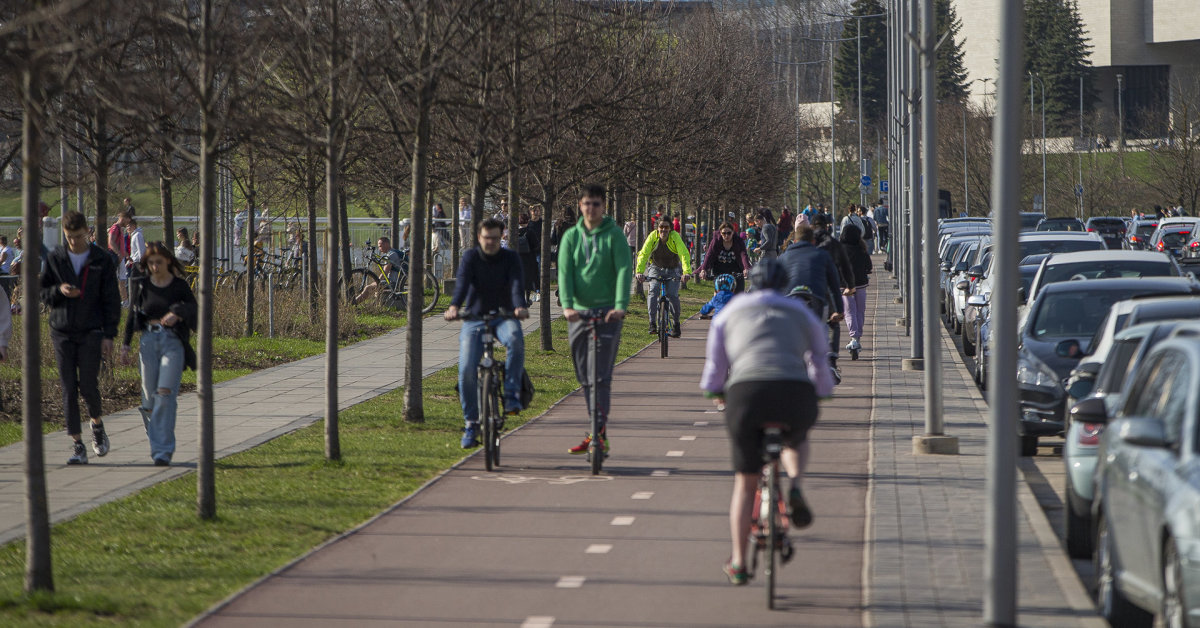
[ad_1]
About the new strain of genomic epidemiologist dr. Gytis Dudas says: “P.1 is one of the three“ classic ”varieties of interest (the others are B.1.1.7 and B.1.351). The risk presented by strain P.1 (‘Brazilian’) is similar to that of B.1.351 (‘South Africa’), with the E484K mutation in both strains because both strains reduce the effectiveness of neutralizing antibodies and increase the risk of infection in strains without this mutation, or vaccination with currently registered vaccines. It is true that studies show that this effect is slightly weaker in the case of P.1 than in B.1.351.
A week ago, Latvia was the first in the Baltic States to confirm the P.1 * strain. The Latvian case involved a traveler returning from Italy. According to primary data from the National Public Health Center (NVSC), a person infected with this strain has visited abroad, so it is likely that the P.1 strain is not currently spreading in Lithuania. In Europe, sequencing programs detect the P.1 variety quite frequently, but it still represents less than 5% of all sequencing cases in Europe. “

Photo from 123RF.com/COVID-19
512 samples were analyzed in the reference laboratory of the European Center for Disease Prevention and Control (ECDC), of which 469 cases belong to line B.1.1.7. These cases represent 99% (299/303) Vilnius, 100% (2/2) Alytus, 91% (10/11) Utena, 100% (15/15) Šiauliai, 54% (15/28) Klaipėda, 95 % (72/76) Kaunas, 100% (30/30) Marijampolė, 89% (24/27) Panevėžys, 50% (1/2) Tauragė and 50% (1/2) Telšiai county ECDC last samples analyzed. In addition, 15 new cases of the B.1.620 virus strain were identified in this laboratory.
To date, a total of 7,525 samples have been sequenced and 4,000 cases of viruses B.1.1.7, 14 B.1.351, 76 B.1.620 and 1 P.1 have been detected in Lithuania, according to the sequencing project coordinated by the NSPL.
[ad_2]